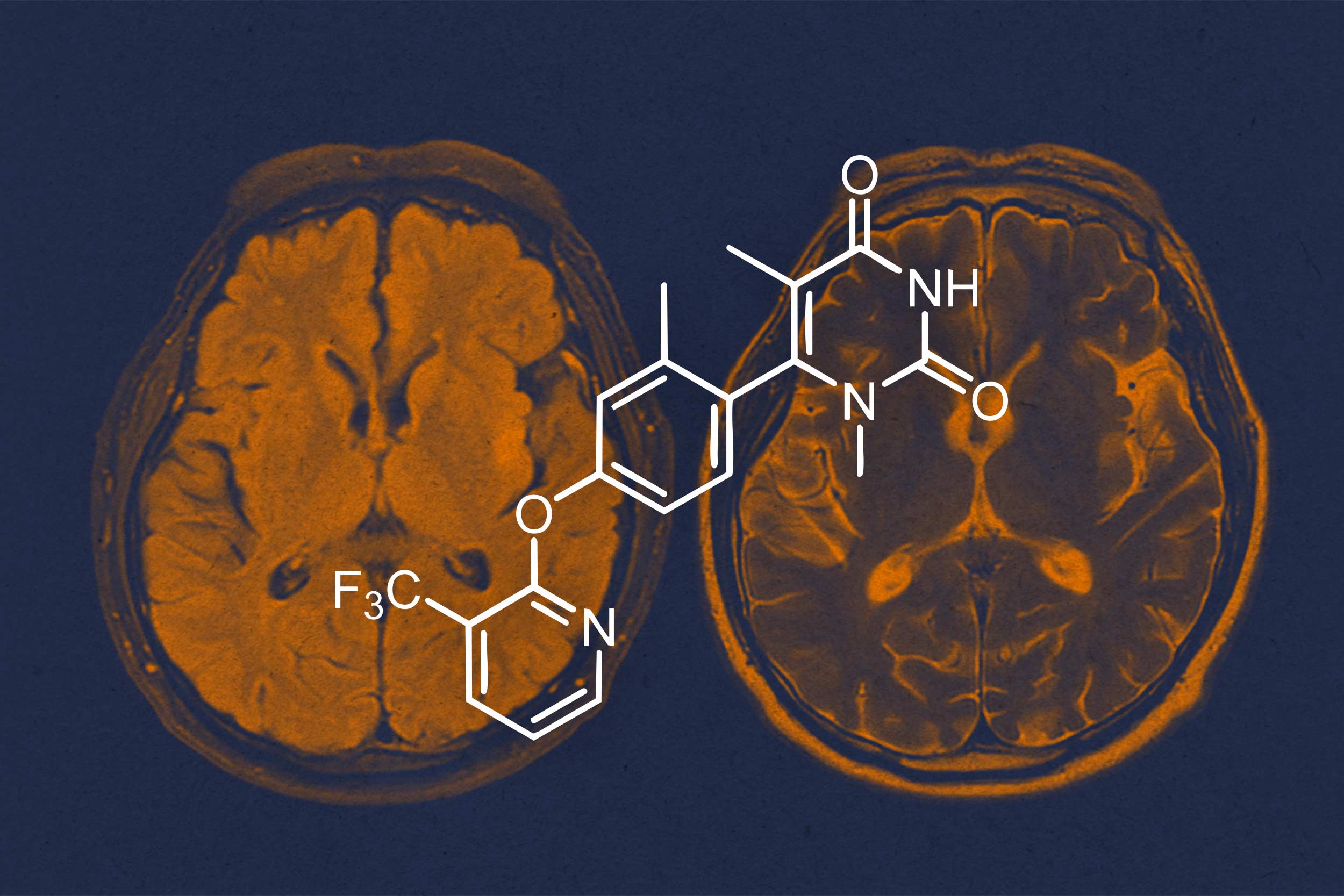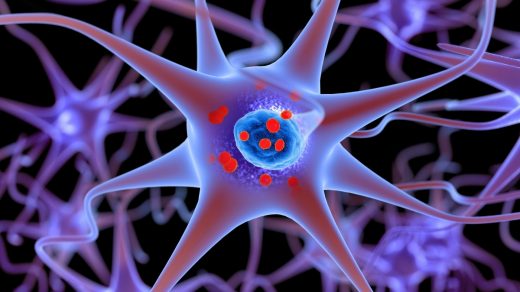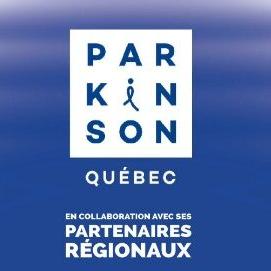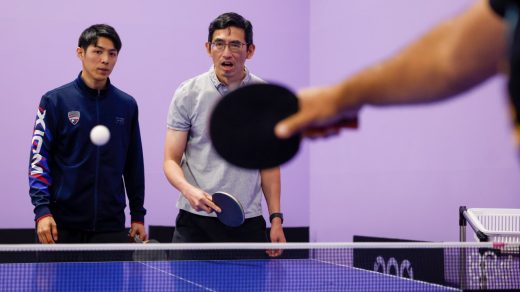
We spent years trying to interest pharmaceutical companies in the challenge of making a drug of this mechanism that could be given as a pill. Finally, in 2007, a meeting with Pfizer scientists got them excited, and over the next four years they did some brilliant medicinal chemistry to discover and do preliminary testing of a D1 agonist that could be given as a pill.
Q. What is the process for having a drug considered by the FDA?
A. The process of having a great idea is called drug discovery. Then begins the long and expensive efforts called clinical development which starts by showing that the compound you have discovered, your drug candidate, is safe. This is followed by sequential clinical trials divided into phases, each of which uses more and more research subjects.
If the results in the last of these, Phase 3, are positive, companies will compile all of the data and submit a New Drug Application (NDA) to regulatory agencies like the FDA for review. Two weeks ago, AbbVie Inc. submitted an NDA for a drug called tavapadon, which would be the first oral D1 agonist ever used in man. The FDA takes anywhere between six months and two years to review the NDA and either give approval or not. I suspect this NDA will get approved a little quicker than average, so we’re guessing that it may be before the end of 2026.
Q. What can you tell me about the current treatment, Levodopa?
A. Levodopa is made in our brains naturally as the immediate biochemical precursor of dopamine. It’s made in dopamine nerve cells and then converted into dopamine, which the nerve cells can then release to activate other cells, increasing the amount of dopamine the nerve cells make and release.
The problem in Parkinson’s disease is that you lose a specific group of dopamine nerve cells, usually 50-60% of them by the time a patient has their first symptoms. Until then, your brain compensates well for the loss, but once you get to that threshold, you start getting tremors, slowness of movement, and other beginning symptoms.
Levodopa gives impressive symptom relief for five years or more, which physicians call “the honeymoon period.” Unfortunately, as dopamine nerve cells continue to die, the harder it is for them to convert levodopa into dopamine. So, patients start by taking levodopa three times a day, but after many years they have to take the medicine at higher doses, sometimes as often as every two hours. Tavapadon is taken once per day, and there is some evidence it will work much better in later stages of Parkinson’s.
Although tavapadon is a major advance, our research will continue for new drugs, as well as exploring other clinical indications like ADHD, autism and cognition where the D1 receptor may play an important role. The vision of Manning Institute now under construction in the UVA Fontaine Research Park was conceived to help us and others at UVA make these better medicines faster.


